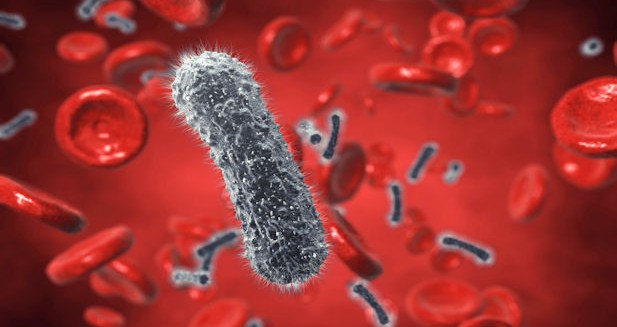
“Superbugs,” or drug-resistant infections, could one day eclipse cancer as one of the leading causes of death, according to a new report.
If doctors can’t find new methods of treatment, in a worst case scenario, annual global deaths from superbug infections could increase from a current estimation of 700,000 to a staggering 10 million by 2050.
The startling findings are published in the Review on Antimicrobial Resistance, commissioned by U.K. Prime Minister David Cameron. The analyses were performed by KPMG and Rand Europe.
Drug-resistant infections currently kill more than 50,000 people every year in the U.S. and Europe, according to the report, and the infections’ burden on impoverished countries with poor data-collecting infrastructures may be even worse. Currently, the true global death rate from these infections is an estimated 700,000 per year, but this may be low.
The current prediction for 2050 is based on two worst-case scenarios: what would happen if all microbes became antibiotic-resistant, and what would happen if resistance increased by 40 percent.
“Given the severe lack of data, the studies we commissioned are necessarily based on high-level scenarios of what is likely to happen,” explained the review’s authors. “They are a broad brush estimate, not certain forecasts.”
Because of the projected massive loss of life, analysts also predicted that the economy would suffer — resulting in a reduction of 2 percent to 3.5 percent in gross domestic product worldwide and exacting a global price of about $100 trillion.
“This is equivalent to the loss of around one year’s total global output over the period, and will create significant and widespread human suffering,” the authors note.
The analysts predicted that E. coli bacteria and the bacteria that causes tuberculosis would be two of the three biggest drivers of antibiotic resistance. The third, malaria, is caused by a parasite rather than a bacterium, but is nonetheless becoming treatment-resistant.
Reducing antibiotic overuse
Bacteria become resistant to antibiotics for several complex reasons, which include repeated exposure to antibiotic medicine through improper prescription and use, according to the Centers for Disease Control and Prevention. Already, an estimated 1 in 10 antibiotic prescriptions fail to treat the infection, a rate that has increased over time and is still going up.

Patients can take care to avoid antibiotic resistance by engaging in a conversation with their physicians when prescribed an antibiotic. Here are some tips, from the CDC on how to decrease unnecessary consumption of antibiotic medicine.
- Talk with your healthcare provider about antibiotic resistance:
- Ask whether an antibiotic is likely to be beneficial for your illness
- Ask what else you can do to feel better sooner
- Do not take an antibiotic for a viral infection like a cold or the flu.
- Do not save some of your antibiotic for the next time you get sick. Discard any leftover medication once you have completed your prescribed course of treatment.
- Take an antibiotic exactly as the healthcare provider tells you. Do not skip doses. Complete the prescribed course of treatment even if you are feeling better. If treatment stops too soon, some bacteria may survive and re-infect.
- Do not take antibiotics prescribed for someone else. The antibiotic may not be appropriate for your illness. Taking the wrong medicine may delay correct treatment and allow bacteria to multiply.
- If your healthcare provider determines that you do not have a bacterial infection, ask about ways to help relieve your symptoms. Do not pressure your provider to prescribe an antibiotic.
A looming threat to modern medicine
In the U.S. alone, at least two million people are infected by these drug-resistant microbes, according to a 2013 CDC report, and if left untreated, are easily passed on to other people.
In April, the World Health Organization (WHO) released a landmark global report on antibiotic resistance, finding that drug-resistant and multiple-drug-resistant pathogens — such as methicillin-resistant staphylococcus aureus (MRSA), which doesn’t respond to the most powerful drugs on the market — are now in every corner of the world and pose a significant health threat to humans.

The WHO report also documented treatment failure to last resort antibiotics for life-threatening diseases, as well as highly prevalent infections such as gonorrhea. In some areas of the world, antibiotics used to treat common ailments like pneumonia don’t work in over half of infected people. And in all regions of the world, hospitals are reporting “untreatable or nearly untreatable” infections, the WHO said.
“The problem is so serious that it threatens the achievements of modern medicine,” the WHO report concluded.
Check out BBC to learn more about how scientists are trying to find ways around bacteria’s growing drug-resistance, and see the full report here.
